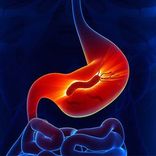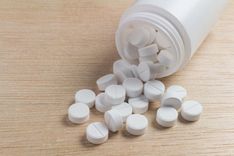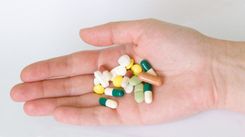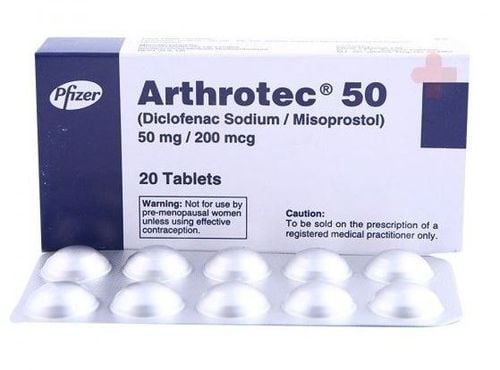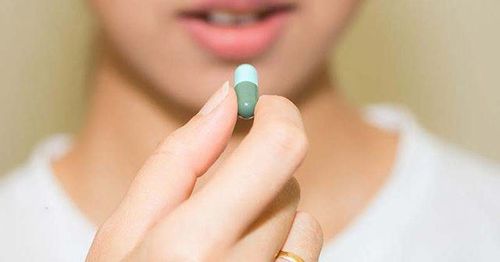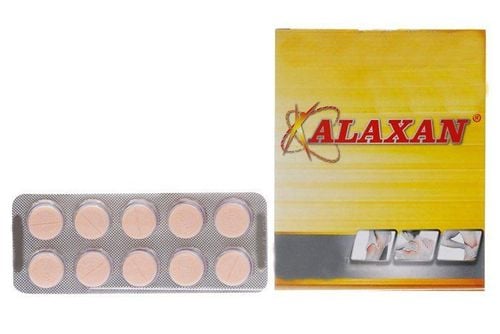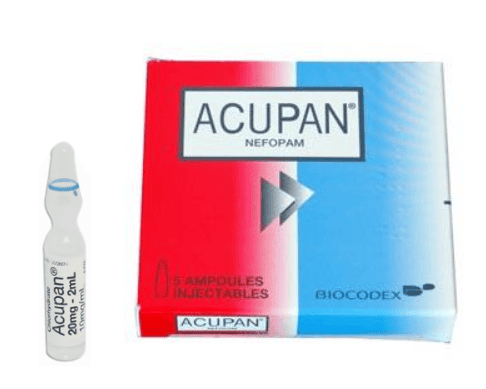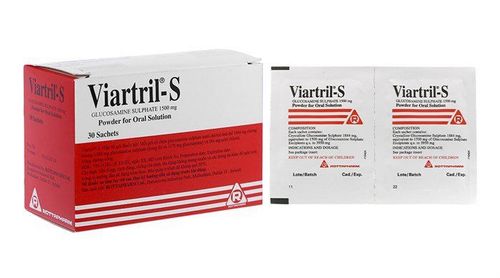Osteoarthritis is a chronic, recurrent condition that is often treated with painkillers and anti-inflammatory drugs. However, these treatments can have significant side effects on the digestive, cardiovascular, and renal systems. Therefore, researchers have been exploring safer, long-term, and more effective treatment options, and Piascledine is one such solution. Let’s learn more about Piascledine and its uses.
1. What is Piascledine?
Piascledine 300mg is a medication used to manage symptoms of musculoskeletal disorders. Its active ingredients are unsaponifiable extracts of avocado oil and soybean oil, specifically: Unsaponifiable avocado oil extract: 100mg, Unsaponifiable soybean oil extract: 200mg
Piascledine is available on the market in capsule form, with a strength of 300mg. The recommended dosage is one capsule per day, taken with plenty of water. It should not be chewed and should be taken during meals.
2. Uses of Piascledine 300mg
2.1. Role of Piascledine 300mg in Treating Musculoskeletal Disorders
Piascledine 300mg acts slowly to manage symptoms of osteoarthritis, particularly in large joints such as the hip and knee. Due to its slow action, doctors often combine Piascledine with non-steroidal anti-inflammatory drugs (NSAIDs) and/or painkillers at the beginning of treatment, reducing their dosages as Piascledine becomes effective.
Mechanisms of action of Piascledine include:
- Increasing the synthesis of proteoglycans (PGs), especially those with high molecular weight, with properties similar to natural PGs
- A combined effect of its two components: chronic stimulation of PG synthesis and acute inhibition of PG degradation.
- Stimulating collagen synthesis by chondrocytes and synovial cells.
- Reducing PGE2 synthesis in cartilage cells, thereby counteracting IL-1’s inhibitory effect and inhibiting type II collagenase in joints.
- Activating plasminogen activator inhibitor-1 (PAI-1) and TGFβ1/TGFβ2, promoting recovery and protection of the extracellular matrix.
In summary, Piascledine 300mg helps manage inflammation and osteoarthritis by:
Acting on subchondral bone, cartilage, and synovial membrane.
Stimulating synthesis of cartilage matrix
Reducing cartilage degradation.
Decreasing inflammatory mediators.
As a result, Piascledine can relieve joint pain, improve patient comfort, and enhance mobility, allowing joints to move smoothly and flexibly.
2.2. Role of Piascledine 300mg in Oral Health
Piascledine also has nutritional effects in treating periodontal diseases, such as gingivitis and periodontitis. Some literature mentions its use in managing conditions like hypertension, menopausal symptoms, and high cholesterol levels.
Piascledine has effect on osteoarthritis treatment.
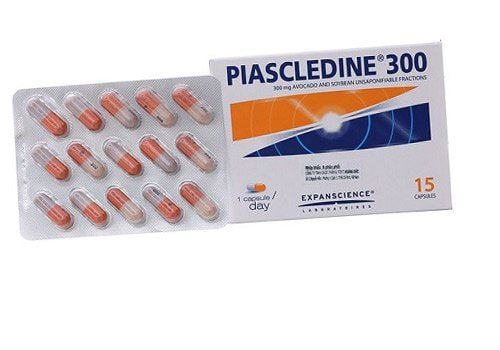
3. Side Effects of Piascledine 300mg
3.1. Allergic Reactions
Yes, Piascledine can cause allergic reactions. Notify your doctor if you have a history of allergy to this medication or any of its components. If you experience symptoms of an allergic reaction (e.g., itching, rash, swelling of the face, or difficulty breathing), stop using the medication and contact your doctor immediately. However, allergic reactions to Piascledine 300mg are rare.
3.2. Gastrointestinal Effects
Some patients may experience digestive disorders, such as epigastric pain or diarrhea, while using Piascledine. Although gastrointestinal side effects are slightly more common than others, the incidence remains low
3.3. Effects on the Liver and Gallbladder
If you have a history of liver or gallbladder disease, inform your doctor before starting Piascledine. Rare liver and gallbladder disorders may include elevated transaminase, alkaline phosphatase, bilirubin, or gamma-glutamyl transferase levels.
If you experience symptoms like unexplained nausea, vomiting, abdominal pain, fatigue, loss of appetite, jaundice, or dark urine, stop treatment and contact your doctor immediately.
If you have a history of liver or gallbladder disease, inform your doctor before starting Piascledine. Rare liver and gallbladder disorders may include elevated transaminase, alkaline phosphatase, bilirubin, or gamma-glutamyl transferase levels.
If you experience symptoms like unexplained nausea, vomiting, abdominal pain, fatigue, loss of appetite, jaundice, or dark urine, stop treatment and contact your doctor immediately.
3.4. Use During Pregnancy and Breastfeeding
Like all medications, the use of Piascledine during pregnancy and breastfeeding must be carefully considered. While animal and clinical studies have shown no evidence of teratogenicity or toxicity, its use should still be avoided during pregnancy and breastfeeding unless absolutely necessary.
3.4. Use in Children and Adolescents
The safety and efficacy of Piascledine have not been established in patients under 18 years of age. Therefore, it should not be used in this population.
3.5. Drug Interactions
Inform your doctor if you are taking anticoagulants (e.g., warfarin).
Stop treatment and contact your doctor immediately if you experience signs of bleeding disorders, such as red or purple spots on the skin, bruising, or spontaneous bleeding.
To avoid drug interactions, provide a list of all medications you are taking (including prescription, over-the-counter, supplements, and herbal products) to your doctor. Do not start, stop, or change the dosage without medical advice.
4. Precautions When Using Piascledine
- Store Piascledine at room temperature (below 30°C), away from moisture and direct sunlight. Keep it out of reach of children and pets.
If you accidentally overdose, seek immediate medical help and bring a list of medications you have taken
- If you miss a dose, take the next scheduled dose as usual. Do not double the dose to make up for a missed one.
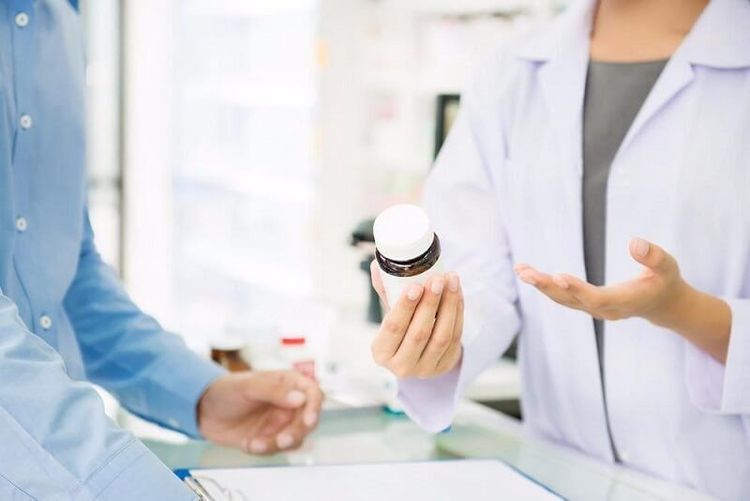
5. Piascledine 300mg and Other Treatments for Osteoarthritis
In addition to Piascledine, several other medications are used to slow osteoarthritis progression and manage symptoms:
5.1. Glucosamine Sulfate
Glucosamine sulfate is widely used and effective in managing osteoarthritis. It reduces pain and inflammation, stimulates cartilage production, and improves joint lubrication.
Glucosamine not only participates in the synthesis of articular cartilage, reduces the destruction of articular cartilage, but also stimulates the production of bone connective tissue, reducing bone calcium loss; Increased production of synovial fluid mucus increases viscosity and lubrication ability of synovial fluid. From there, Glucosamine sulfate also slows down the process of osteoarthritis, restores joint cartilage, helping patients reduce pain and move more flexibly, similar to piascledine.
5.2. Diacerein
Like Piascledine, Diacerein belongs to the class of slow-acting osteoarthritis drugs. It inhibits the production of substances that degrade cartilage components, such as proteoglycans and collagen.
5.3. Hyaluronic Acid
Hyaluronic acid is an essential component that acts as a lubricant, enhancing joint flexibility.
In osteoarthritis, hyaluronic acid levels decrease. Supplementing high-molecular-weight hyaluronic acid improves joint viscosity, inhibits cartilage degradation, and promotes cartilage cell synthesis.
In osteoarthritis, hyaluronic acid levels decrease. Supplementing high-molecular-weight hyaluronic acid improves joint viscosity, inhibits cartilage degradation, and promotes cartilage cell synthesis.
For more health, nutrition, and beauty tips, visit Vinmec International General Hospital to safeguard the health of yourself and your loved ones.
To schedule an appointment at the hospital, please contact the HOTLINE or book directly HERE. Download the MyVinmec App to manage, track, and schedule appointments conveniently anytime, anywhere.

